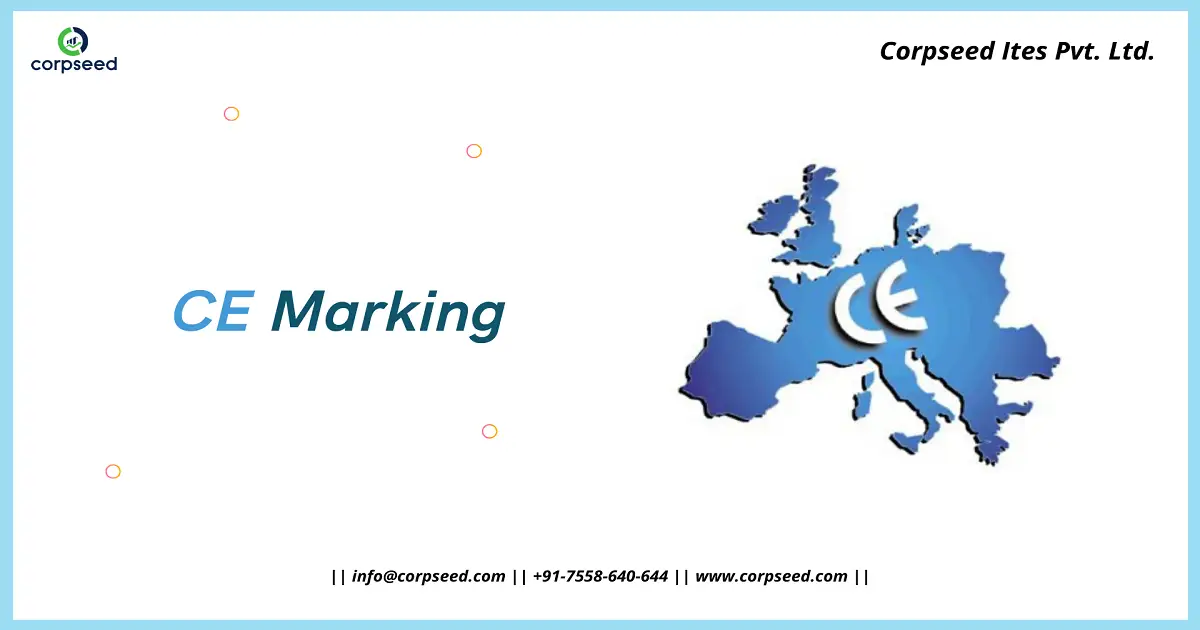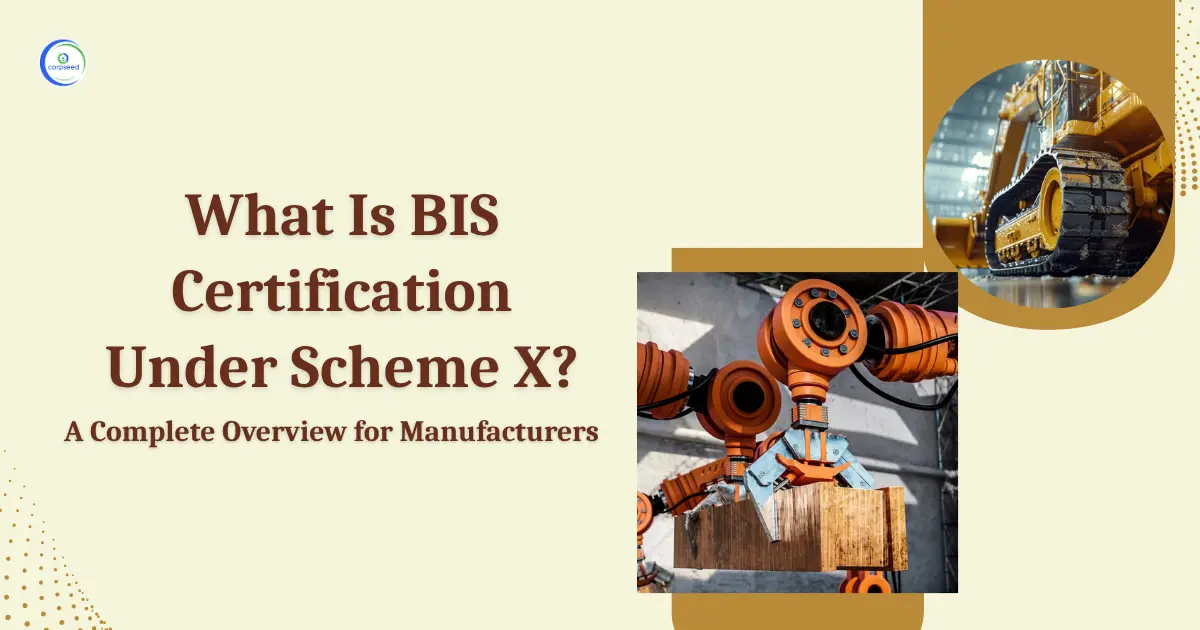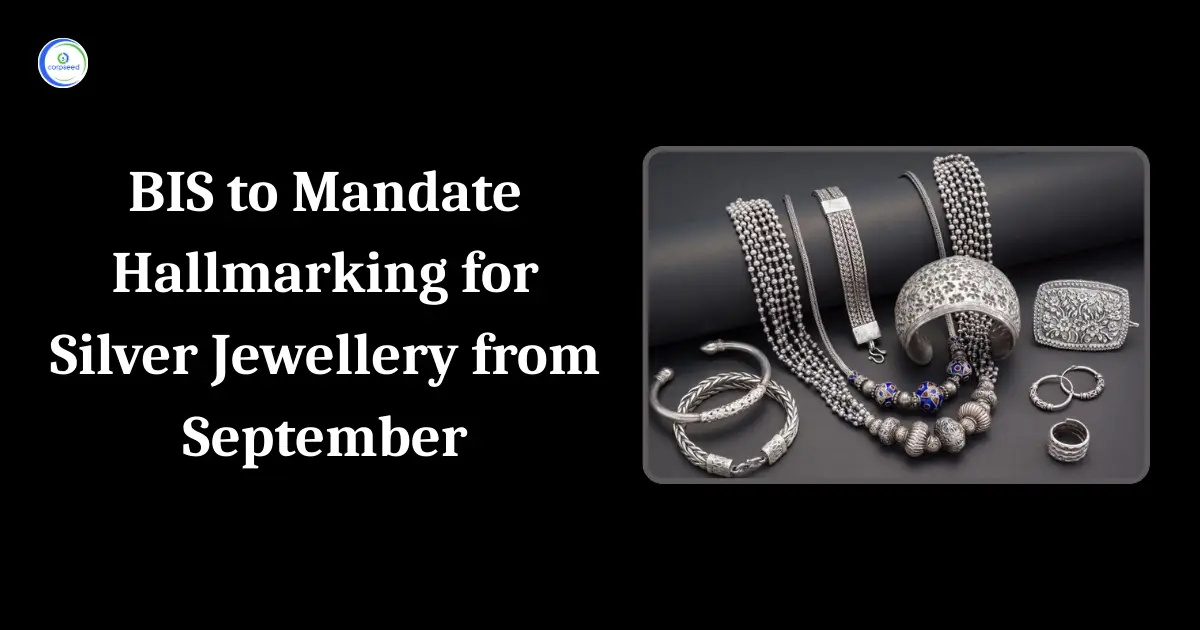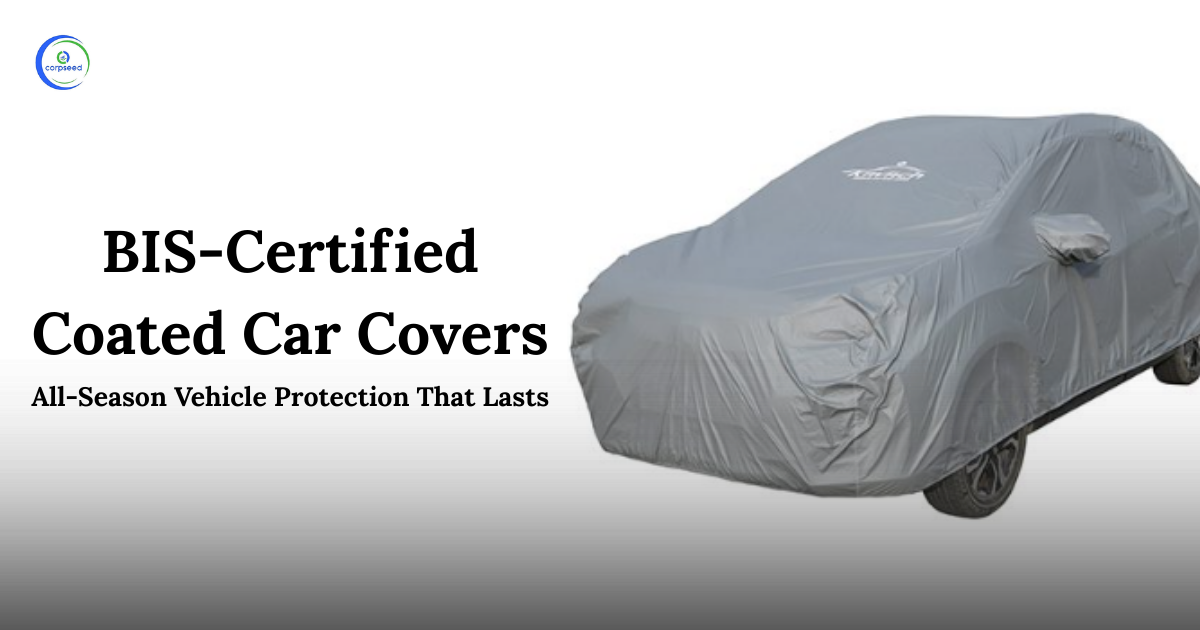Introduction
CE marking is a mark that indicates conformity with health, safety, and environmental protection standards for products sold within the European Economic Area (EEA).
The CE marking is also found on products sold outside the EEA that have been manufactured to EEA standards. This makes the CE marking familiar worldwide even to people who are not familiar with the European Economic Area. It is in that sense similar to the FCC Declaration of Conformity used on certain electronic devices sold in the United States.
Table of Contents
- Introduction
- Certain rules are there to underlying the procedure to affix the marking:
- In order to certify, the manufacturer must do several things:
- In actuality the self-certification process consists of the following stages:
- Stage 1: Recognize the applicable Directive(s)
- Stage 2: Identify the applicable requirements of the Directive(s)
- Stage 3: Identify an appropriate route to conformity
- Stage 4: Assessment of the product's conformity
- Stage 5: Compile the technical documentation
- Stage 6: Make a declaration and affix the CE marking
- Documentation for CE Marking
The CE marking is the manufacturer's declaration that the product meets EU standards for health, safety, and environmental protection. The mark consists of the CE logo and, if applicable, the four-digit identification number of the notified Body involved in the conformity evaluation process.
CE Marking is the symbol. The letters "CE" are the abbreviation of the French phrase "Conformité Européenne" which literally means "European Conformity". The term first used was "EC Mark" and it was formally replaced by "CE Marking" in Directive 93/68/EEC in 1993.
The technical documents and the EU Declaration of Conformity must be kept for 10 years after the product has been placed on the market or for the period specified in the directive. Manufacturers are responsible for affixing the CE marking unless the importer or distributors promote the product under its own name.
Several products require CE marking before they are sold products in the EU. CE marking indicates that a product has been assessed by the manufacturer and deemed to meet EU safety, health and environmental protection requirements. It is necessary for products manufactured anywhere in the world that are then marketed in the EU.
For example, most electrical products must comply with the Low Voltage Directive and the EMC Directive; toys must comply with the Toy Safety Directive
CE marking involves self-certification only in the case of the least risky products. In the majority of cases, a notified body must be involved for the same. In these cases, the CE mark is followed by the registration number of the Notified body involved in conformity evaluation.
If importers or distributors showcase the items under their own name, they assume control over the manufacturer's responsibilities. In this case, they should have adequate data on the plan and creation of the item, as they will be accepting the lawful accountability when they append the CE marking.
Certain rules are there to underlying the procedure to affix the marking:
- Products subject to certain EU directives or EU regulations provide for CE marking have to be affixed with the CE marking before they can be placed on the market.
- Manufacturers as sole accountability, which EU legislation they need to apply for their products.
- The product may be placed on the market only if it complies with the requirements of all applicable directives and regulations and if the conformity assessment procedure has been carried out accordingly.
- The manufacturer draws up an EU declaration of conformity or a declaration of performance (for Construction Products) and affixes the CE marking on the product.
- If stipulated in the directive(s) or regulation(s), an authorized third party must be involved in the conformity assessment procedure or in setting up a production-quality system.
- If the CE marking is affixed on a product, it can bear additional markings only if they are of dissimilar significance, do not overlap with the CE marking and do not damage the legibility and visibility of the CE marking.
In order to certify, the manufacturer must do several things:
- Examine whether the item needs to have CE stamping. The item should comply with all Directives that apply to the item.
- Pick the congruity assessment method from the modules got out by the order for the item as indicated by every classification (level of hazard included. There are a few modules accessible for the Conformity Assessment Procedures, yet just a couple of them include self-accreditation. The vast majority of these techniques require a "type Approval" and a Production similarity appraisal by a Notified Body. The normal methodologies (Modules) of affirmation are recorded underneath. An item typically needs more than one methodology (Module) to be executed:
- Module A – Internal production control.
- Module B – EC type examination.
- Module C – Conformity to type.
- Module D – Production quality assurance.
- Module E – Product quality assurance.
- Module F – Product verification.
- Module G – Unit verification.
- Module H – Full quality assurance.
In actuality the self-certification process consists of the following stages:
Stage 1: Recognize the applicable Directive(s)
The initial step is to recognize whether the item needs to shoulder CE checking or not. Not all items are required to bear CE marking, only the items that fall inside the extent of any scope one of the sectoral directives requiring CE marking. There are more than 20 sectoral product directives requiring CE marking covering check, yet not restricted to items for example, electrical gear, machines, clinical gadgets, toys, pressure hardware, PPE, remote gadgets and development items.
Recognizing which directive(s) might be relevant, as there might be multiple, includes a straightforward exercise of perusing the extent of every order to set up which apply to the item (Such as the "Low Voltage Directive," 2014/35/EU). In the event that the item doesn't fall inside the extent of any of the sectoral orders, at that point the item doesn't have to manage CE marking (and, in reality, must not hold up under CE checking).
Stage 2: Identify the applicable requirements of the Directive(s)
Each Directive has slightly different methods of demonstrating conformity depending on the classification of the product and its intended use. Every Directive has a number of 'essential requirements' that the product has to meet before being placed on the market.
Stage 3: Identify an appropriate route to conformity
The procedure is not always a self-declaration process; there are various 'attestation routes' to conformity depending on the Directive and classification of the product. Many products (such as invasive medical devices, or fire alarm and extinguisher systems, Pressure Equipment, Lifts, etc.) Mostly have a mandatory requirement for the involvement of an authorized third party e.g. a "notified body".
There are various attestation routes which include:
- An assessment of the product by the manufacturer.
- An assessment of the product by the manufacturer, with an additional requirement for mandatory factory production control audits to be carried out by a third party.
- An assessment by a third party (e.g. EC type test), with the requirement for mandatory factory production control audits to be carried out by a third party.
Stage 4: Assessment of the product's conformity
When all of the requirements have been established, the conformity of the product to the essential requirements of the Directive(s) needs to be assessed. This usually involves assessment and/or testing, and may include an evaluation of the conformity of the product to the harmonized standard(s) identified in step 2.
Stage 5: Compile the technical documentation
Technical documentation, usually referred to as the technical file, relating to the product or range of products needs to be compiled. This information should cover every aspect relating to conformity and is likely to include details of the design, development and manufacture of the product.
Technical documentation will usually include:
- Technical description
- Drawings, circuit diagrams and photos
- Bill of materials
- Specification and, where applicable, EU declaration of conformity for the critical components and materials used
- Details of any design calculations
- Test reports and/or assessments
- Instructions
- EU declaration of Conformity
- Technical documentation can be made available in any format (i.e. paper or electronic) and must be held for a period of up to 10 years after the manufacture of the last unit, and in most cases reside in the European Economic Area (EEA).
Stage 6: Make a declaration and affix the CE marking
When the manufacturer, importer, or authorized agent is satisfied that their product conforms to the applicable Directives, an EU declaration of conformity must be completed or, for partly completed machinery under the Machinery Directive, an ECU declaration of incorporation.
Documentation for CE Marking
- Name and address of the manufacturer /manufacturer unit
- Details of the product (model, description and serial number where applicable)
- List of applicable sectoral Directives and standards that have been applied
- A statement declaring that the product complies with all of the relevant requirements
- Signature, name, and position of the responsible person
- The date that the declaration was signed
- Details of the authorized representative within the EEA (where applicable)
- Additional Directive/standard specific requirements
- In all cases, except for the PPE Directive, all of the Directives can be declared on one declaration.
- Once an EU declaration of conformity has been completed, the final step is to affix the CE marking to the product. When this has been done, the CE marking requirements have been met for the product to be placed legally on the EEA market.
- The size of the CE marking must be at least 5 mm if enlarged its proportions have to be kept
- If the appearance and workmanship of a product do not allow for the CE marking to be affixed on the product itself, the marking has to be affixed to its packaging or accompanying documents
- If a directive requires the involvement of a Notified Body in the conformity assessment procedure, its identification number has to be put behind the CE logo. This is done under the responsibility of the Notified Body
This portion of the site is for informational purposes only. The content is not legal advice. The statements and opinions are the expression of author, not corpseed, and have not been evaluated by corpseed for accuracy, completeness, or changes in the law.
BOOK A FREE CONSULTATION
Get help from an experienced legal adviser. Schedule your consultation at a time that works for you and it's absolutely FREE.









